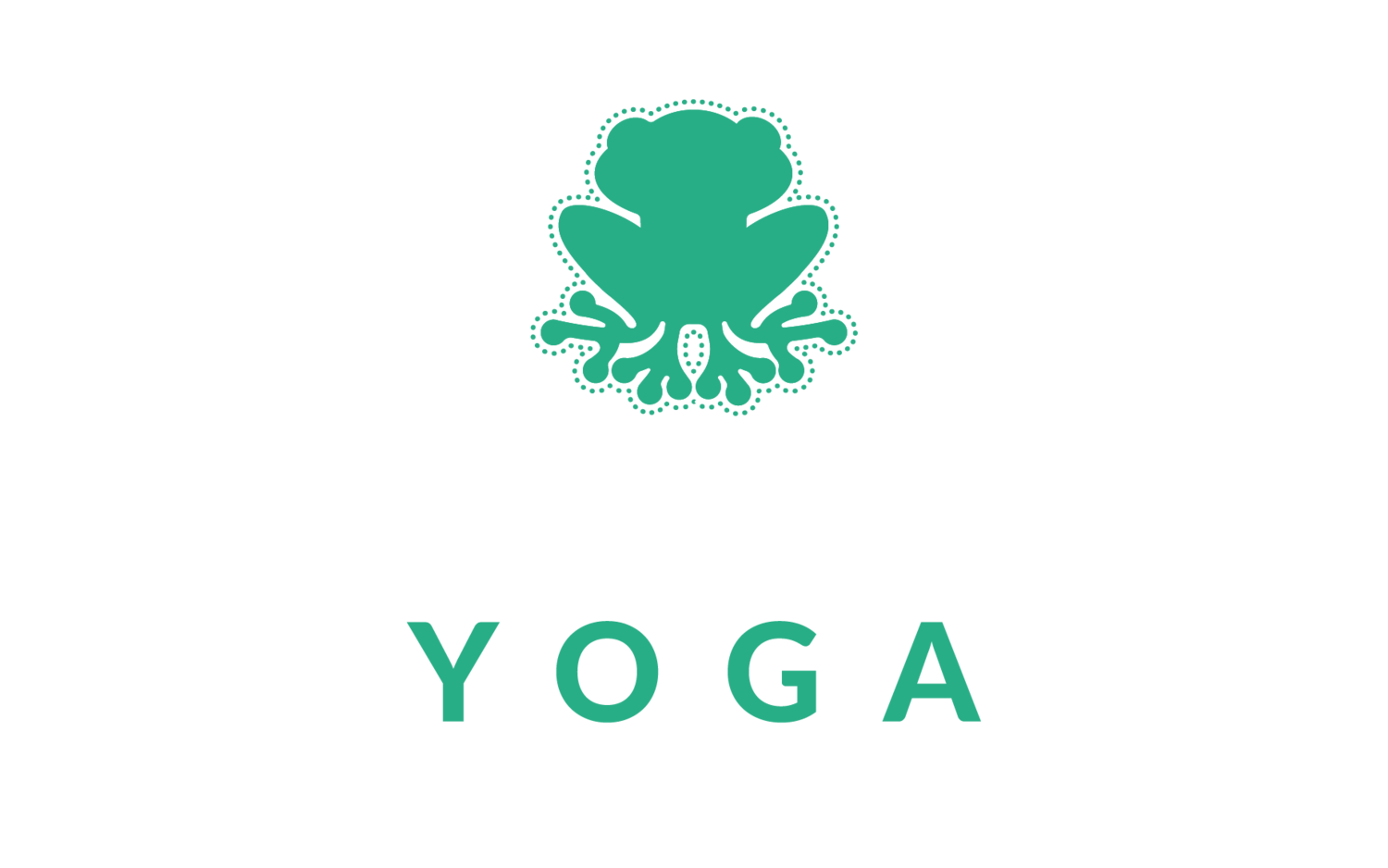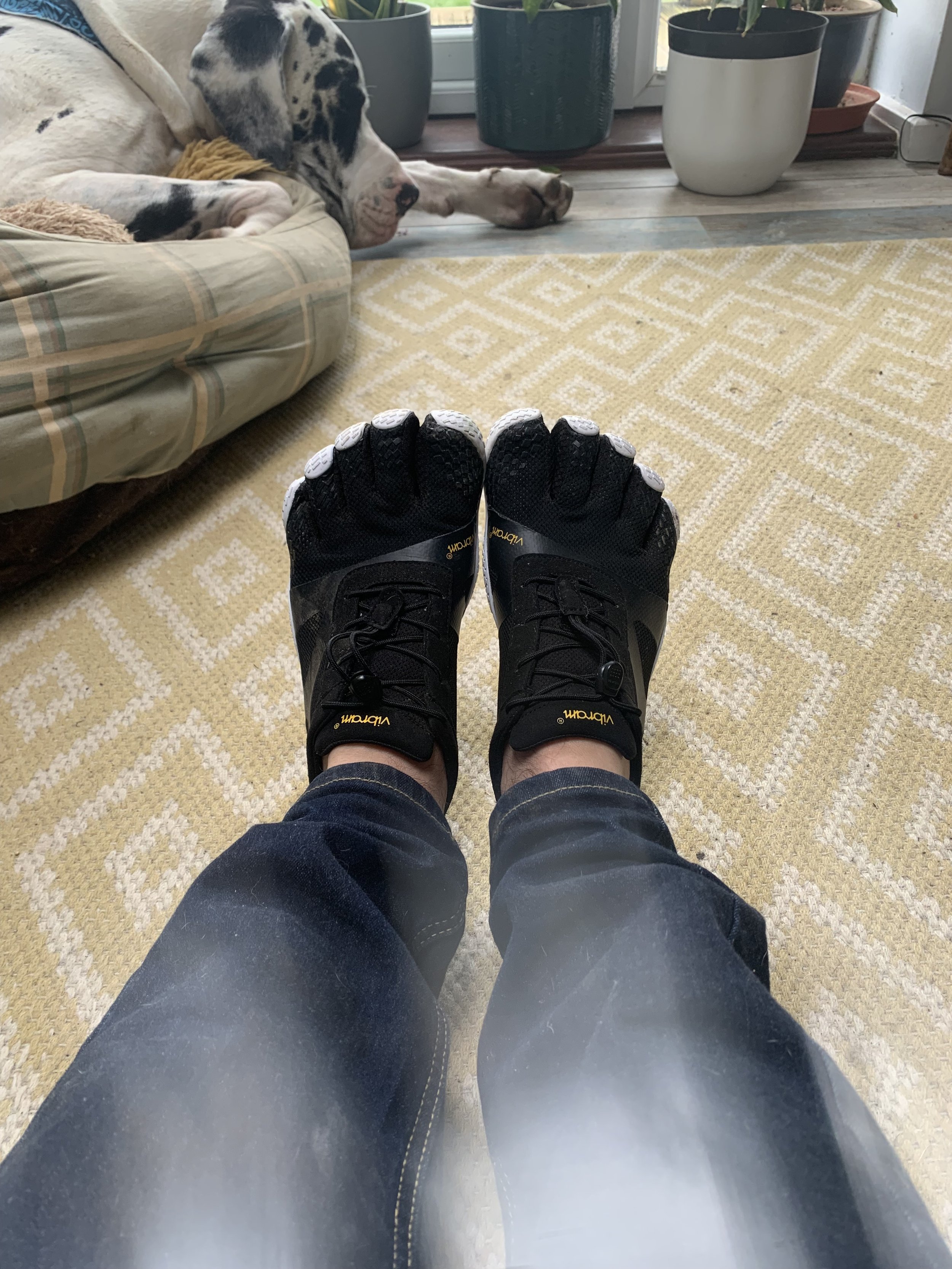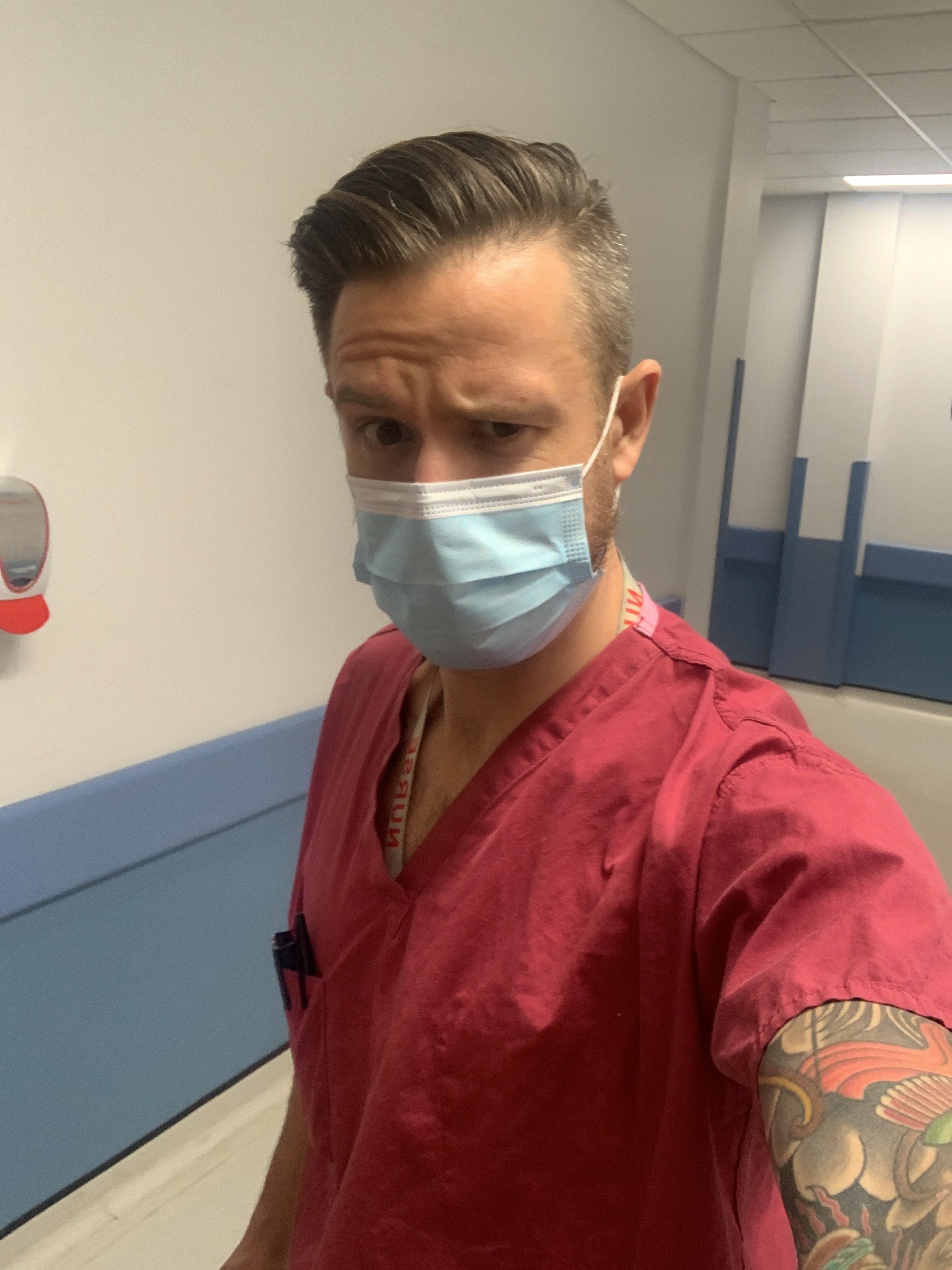Vibram 5 fingers, love them or hate them, they’ve got your attention, Let’s talk feet.
Feet are amazing and totally under appreciated in the world of rehabilitation, strength and conditioning, running, cycling, walking, health and life.
Yeah I said it. All those things. Taking care of your feet and allowing them to move as they have evolved to move (sorry fundamentalist Christians) can have life changing affects on how you experience the world and your chosen activities.
Did you know there are 26 bones and 33 joints with EACH foot. That’s basically 1/6 of all the joints and over 1/4 of the bones in your body in two feet. How you stand on them is important, in fact its key to moving your whole body well.
I bet you never considered how complex your feet were.
Now if they are that complex do you think it could be for a reason?!? Do you think those bones should be able to articulate with one another?? Do you think yours do?! If so I’ve got some bad news. Pretty everyone who comes to see me has feet that do not move well at all. My teacher, the badass @garyward_aim has a set of 5 big rules of motion. I’m guna mention the first 2.
Muscles lengthen before they contract
Joints act, muscles react
So, if we look at the foot joints being “stuck”, “stagnant”, “not moving” then how can we expect the 20 odd muscles of the foot to be loaded/unloaded, to move blood from the feet back up the body along with lymph, to experience there full ranges and be capable of handling whatever loads we through at them.
It’s imperative for whole body health and movement that we can allow the join within the foot to move as this will Allow the muscles to be taken from centre, to their end ranges in all 3 planes of motion as the muscles and tissues are lengthened and shortened.
We will discuss this idea of why moving our feet is important for whole body health in more detail tomorrow. But I’m the mean time take your shoes off, give your feet a bit of attention and love and just stand and feel your feet.
Pay attention to them in a standing position and feel where you are most connected to the ground…left or right foot?? Inside or outside?!? Balls (of feet 🤣😜) or heels?!?
Take a few minutes to scan your feet and make a bit of that, we can see what happens over time, see if that changes 🙌🏻🙌🏻.










